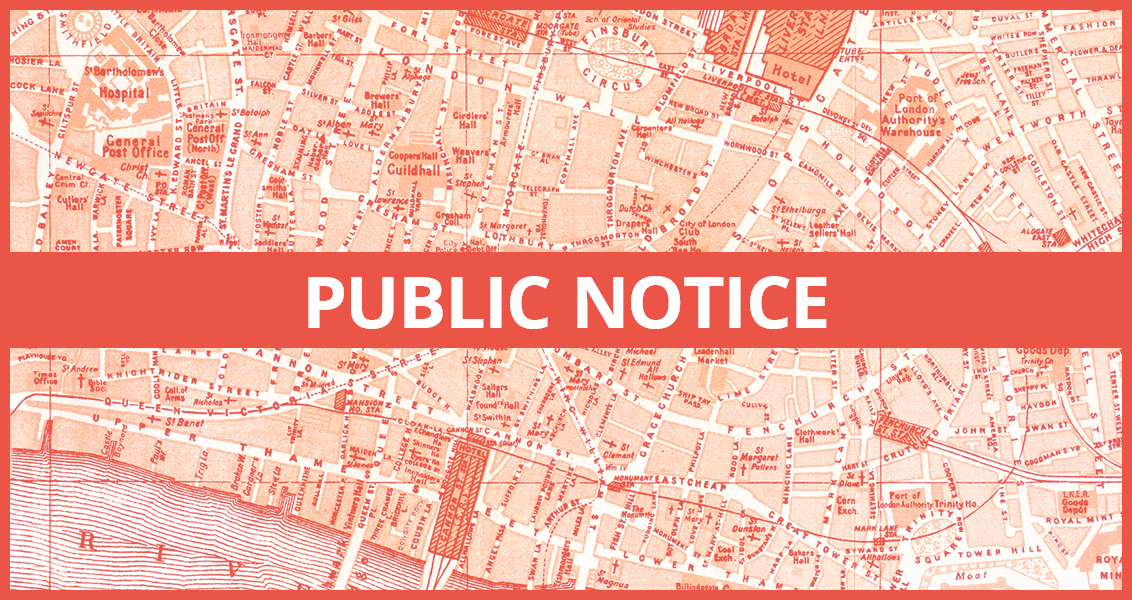One of the hardest things that businesses in the City Of London have had to negotiate this year have been high interest rates.
And although many companies have skilfully navigated a path through, big challenges remain.
According to one recent report, tighter monetary policy is now seen as the chief threat facing British businesses.
In fact, the latest quarterly survey from Deloitte of chief financial officers, found this even outweighs concerns about geopolitics and energy prices, which are the issues that have dominated for two years.
Finance chiefs raised expectations for interest rates to be at 4.5 per cent in 12 months, up from the 3.75 per cent anticipated in the first quarter of this year.
NOW READ: Interest rate hikes and what this means for the City of London
In 2025 inflation is expected to remain above the Bank’s 2 per cent target, at 3.6 percent, up from 2.9 per cent.
The rate of inflation has started to come down from its peak of 11.1 per cent but it is still running at 8.7 per cent and there are concerns about a wage-price spiral. Finance chiefs expected wage growth to fall in their own businesses, however, as the jobs market slowed.
I don’t agree with the continual rate rises as I don’t think we are tackling a traditional inflation vs interest rates challenge. War, crop failures, spiraling post covid salary inflation are causing these “flash” inflation spikes. Interest rates will not address these issues. They just kill consumer confidence, leading to recession, leading to business failure and unemployment.
Most businesses fail not because they are bad businesses but because they run out of money. Therefore, it is vital to forward plan and build in a buffer. Things are likely to get worse before they get better – so prepare and build in contingency.
It’s easy to say now but aim to minimise your exposure to debt – particularly that debt which is not locked in. This is simply a control and management issue – if banks reduce terms or lending amounts while rapidly increasing charges and rates, then a good business can quickly become challenged.
If you are not able to manage your rate increase, drill down and work hard on all other cost exposures. This way, the “pain” can be managed, or might even be offset against other cost savings.
Also try to work hard to control salary costs and look for ways in which automation and other technological efficiencies can support your costs from rapidly increasing.
Matthew Hayes is an entrepreneur, growth consultant and the MD of Champions UK plc
For the latest headlines from the City of London and beyond, follow City Matters on Twitter, Instagram and LinkedIn.







